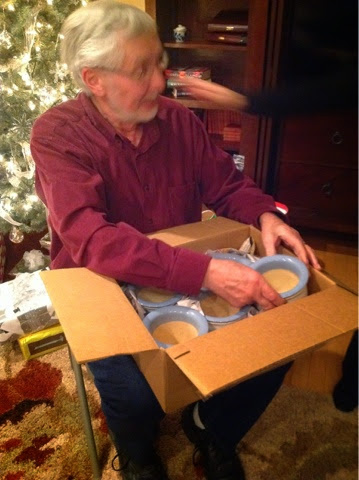HOW TO WIN AT PICKLEBALL
1.
Perfect the serve. Be sure it is ALWAYS in.
2.
Return the serve at the receiver’s feet.
3.
Do not play balls headed for out of bounds
4.
Return fast shots defensively
5.
Let your partner take easy his/her easy forehand
shot
6.
Place the ball at your opponent’s feet when
possible
7.
Play at the Non-Volley Zone (kitchen) line
8.
Play high percentage shots down the middle
BASIC STROKES AND TECHNIQUES
GRIP
·
There is only one grip in Pickleball which is
the Continental grip.
·
Shake hands with your paddle with the paddle
face perpendicular to the ground
READY POSITION – “Paddle UP”
·
Paddle and elbow should be out in front of your
body with the non- dominant hand resting on the paddle face.
·
Feet are shoulder width apart
·
Weight is on your toes
·
Assume the ready position when your opponent’s
ball contacts the paddle.
THE SERVE
·
Use a bowling motion
·
Place on foot in front of the other with weight
on back foot
·
Point your paddle head toward the ground with
knees bent
·
Toss or drop the ball in front of your body
·
Step toward the target with your front shoulder
pointing at the target
·
Swing in an upward motion with the paddle below
the wrist and watch the ball contact your paddle below the waist
·
Follow through in the direction of the target
·
Step back behind the baseline in anticipation of
the return of service
RETURN OF SERVE
·
The safest return is deep and down the middle of
the court
·
The next best return is deep and to the backhand
side of your opponent keeping the ball well within the court
FOREHAND GROUND STROKE (right
handed player)
·
With Continental grip, ready the paddle back
into position with your left hand as a guide to keep the paddle level
·
Step toward the ball with our left foot to make
contact while pointing your shoulder toward your target spot
·
Your left hand is out in front of you for
balance
·
Watch the ball make paddle contact
·
Keep a firm wrist and pretend you’re hitting
through 4 balls in a row during your follow through toward your target spot
·
If hitting a low forehand shot, bend your knees
keeping your right knee as close to the ground as possible. Stay down all the
way through the shot
·
Return to the ready position.
BACKHAND GROUNDSTROKE
·
Run to the spot where the ball with be as close
to waist high as possible
·
Set your feet side by side (closed stance)
pointing your right shoulder at your target spot
·
Bend your
knees on low balls and stay down through the shot
·
Step with your front foot toward your target
·
Paddle face should be perpendicular to the
ground.
·
Contact
point is out in front of your front foot.
·
Keep a firm wrist, watch the ball hit your
paddle
·
Make a long follow through toward target spot
pretending you’re hitting through 4 balls in a row.
THE DINK
·
Stand just behind the “kitchen” line squarely
facing the net
·
Paddle is held high in the ready position out in
front of you
·
Allow the ball to bounce in the kitchen
·
Step into the kitchen with one foot and softly
hit the ball over the net so it lands in your opponent’s kitchen
·
Aim for your opponent’s feet or the middle of
the court
·
Immediately step back out of the kitchen and
return the paddle to the ready position













































